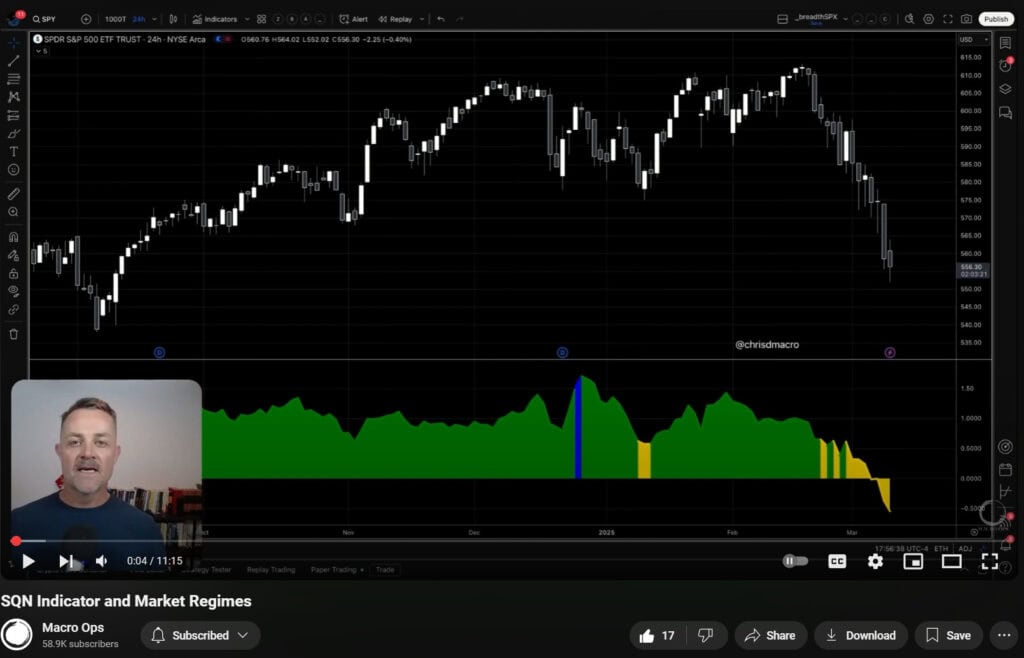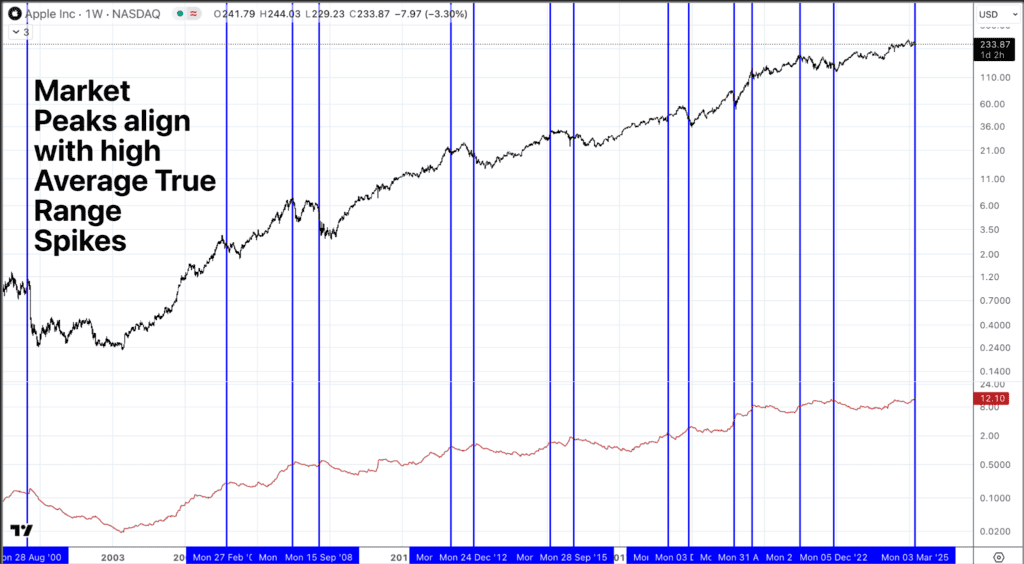Con·trar·i·an (n.) – a person who opposes or rejects popular opinion, especially in stock exchange dealing.
Successful investing is an active rebellion against one’s instinctual proclivity to sabotage long-term returns. In a perfect world, investing is like gardening. You cut the weeds (losers) and water you flowers (winners).
In practice, investors do the opposite. We tend to sell winning stocks too early (cutting the fruit) while desperately clinging to losing positions (watering the weeds).
This habit called the Disposition Effect. Coined by Shefrin and Statman in 1985, the Disposition effect explains the tendency for investors to cut their winners short while riding their losers lower.
It’s an academic way of saying, “most investors suck.”
In this essay, we’ll explain the Disposition Effect, why we fall victim to it, and how we can fight against our tendency to fall into its trap.
Understanding The Numbers Behind Disposition Effect
Shefrin and Statman cataloged eleven unique cases of Disposition Effect. But we’ll focus on two studies: US Discount brokerages and the Finnish Stock market.
Our first example comes from Terrance Odean in 1998. He examined trading records for 10,000 large US brokerage accounts between the period 1987 – 1993. He found that investors (relative to opportunities) investors realize their gains at a ~50% higher rate than their losses. Odean explained the rationale behind the Disposition Effect, saying (emphasis mine):
“Another reason investors might sell winners and hold losers is that they expect the losers to outperform the winners in the future. An investor who buys a stock because of favorable information may sell that stock when it goes up because she believes her information is now reflected in the price. On the other hand, if the stock goes down she may continue to hold it, believing that the market has not yet come to appreciate her information. Investors could also choose to sell winners and hold losers simply because they believe prices mean revert.”
In 2001, Grinblatt and Keloharju expanded on Odean’s study to look at the Finnish stock market. The pair studied trading records for virtually all Finnish investors between 1995 – 1996. The results confirmed Odean’s findings (emphasis mine):
“Relative to a stock with a capital gain, a stock with a capital loss of up to 30% is 21% less likely to be sold; a stock with a capital loss in excess of 30% is 32% less likely to be sold. Furthermore, stocks with high past returns or trading near their monthly high are more likely to be sold.”
In other words, Finnish investors were more likely to hold positions that were down 30% or greater when compared to taking capital gains.
But why don’t we sell our losers?
Why Do We Sell Winners & Hold Losers?
To answer this question, we need behavioral economics’s biggest guns, Kahneman and Tversky. Shefrin and Statman attribute the bulk of the Disposition Effect’s outcome to Kahneman and Tversky’s Prospect Theory, which tries to explain why people react differently to gains and losses.
We won’t extrapolate the nuance of Prospect Theory here. Still, there are two rules you need to know as they relate to Disposition Effect (emphasis mine):
- Individuals are risk-averse in realizing gains, preferring solutions that lead to a lower expected utility but with a higher certainty (concave value function).
- Individuals are risk-seeking when it comes to realizing losses. They prefer solutions that lead to a lower expected utility as long as they can avoid losses (convex value function).
Let’s use an example to illustrate how the two above rules trigger the Disposition Effect. There are two assumptions in our model. First, we’re assuming no tax or transaction costs. Second, we’re assuming the stock can only move in one increment of $10 each way.
Say you bought a stock at $50, and by month’s end, it declined to $40 (not uncommon in value investing circles). With the stock at $40/share, you have two choices: buy or sell.
But it’s not as easy as “buy or sell” because investors frame decisions through a Prospect Theory lens. So the question looks more like this:
- Choice A: Sell the stock and turn a “paper” loss into a “realized” loss
- Choice B: Hold the stock for another month given the 50-50 odds of breaking even on the investment
Framed this way, the investor will choose Choice B because it gives them a higher perceived chance to lose less, versus Choice A’s “sure bet” loss. This explains why investors hold losers and cut winners. As long as one doesn’t sell, there is always a chance for a turnaround.
There are also psychological reasons why investors hold losers.
Leroy Gross, in his book “The Art of Selling Intangibles: How To Make your Million($) by Investing Other People’s Money,” describes why hope helps the investor choose Choice B (emphasis mine):
“Many clients, however, will not sell anything at a loss. They don’t want to give up the hope of making money on a particular investment, or perhaps they want to get even before they get out. The ‘getevenitis’ disease has probably wrought more destruction on investment portfolios than anything else. Rather than recovering to an original entry price, many investments plunge sickengly to even deeper losses.”
Another reason is a lack of self-control. Ira Glick’s dissertation “A Social Psychological Study of Futures Trading” elaborates on this idea (emphasis mine):
“… It is likely that many of the ideas referred to in the above comments are best summarized by the notion of ‘self-control,’ and the feeling that losses become (and/or are) a problem to the degree that a trader is deficient in this personal quality. This notion, and the way in which it is considered an occupational problem, refers more to the form than to the content of decision making …”
Amateur investors see losses as a personal attack, not as a function of a proper strategy.
Holding Losers Explains Why We Take Quick Winners
Disposition Effect boils down to ego. It’s the inability to admit defeat, take a loss, and move on. “No,” we tell ourselves, “it’s the market that’s wrong, not me!” Faced with paper losses, we work to stoke our ego by taking small, quick wins. Can you see a pattern here?
Nothing makes us feel better than seeing green in the account. And that one position that’s down 35% YTD? That’s a paper loss. Those don’t count! And besides, you’ll sell it when it gets back to breakeven.
Yet doing that inevitably leads to blowing up not one but many trading accounts. Luckily, we can mitigate such effects.
How To Fight Disposition Effect (Spoiler: Just Do The Opposite)
Any gardener will tell you that the treatment is simple. Cut the weeds and water the flower.
But it’s more complex than that.
For instance, how do we know what’s a flower and what’s a weed? How can we tell if we’re cutting a weed that will turn into a flower? To answer these questions, we need to define our strategy — how we trade the market. We can bifurcate the techniques into technical and fundamental.
Technical strategies rely on price action, stock charts, and other indicators to determine entries and exits. The fundamental approach relies on the business’s underlying performance to establish a fair intrinsic value and then try to buy a significant discount to that intrinsic value estimate.
The Disposition Effect hurts both types of traders. For example, technical traders can hold losers by ignoring stop losses and shrink winners by not setting proper profit targets before placing the trade.
Fundamental investors can hold onto losers amidst negative changes in the underlying business. They can stunt profits by selling a great company because it looks expensive.
We can beat the Disposition Effect by sticking to our strategy and maintaining self-control.
For the technical trader, this means respecting stop-losses and setting pre-defined profit targets that meet an acceptable Reward-to-Risk parameter (I.e., 3 to 1). For fundamental investors, this means focusing on the underlying business and not letting price action determine an investment’s success or failure.
Suppose there’s a silver bullet to defeating the Disposition Effect. In that case, it’s this: Be slow to sell winning stocks and quick to cut losing ones. It’s the most contrarian thing you can do in markets.









